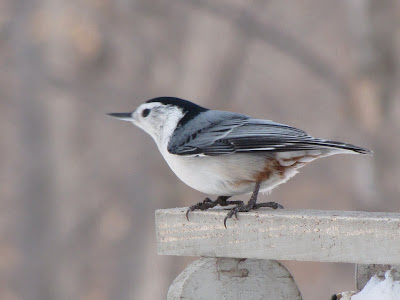Scientific Name: Cygnus cygnus
Population Estimate: 180K
Range / Habitat: Whooper Swan breeds in taiga, in Iceland and Scandinavia, E to NE Siberia.
Field Notes: Whooper Swan is a large swan of the northern parts of Europe and Asia.
It is closely related to the Trumpeter Swan (Cygnus buccinator) of
North America which has black bill. Adult has white plumage overall, with sometimes rufous wash on head and neck, due to some waters where it feeds. The bill is pale yellow with black tip and cutting edges. Eyes are dark brown. Legs and webbed feet are black.




























